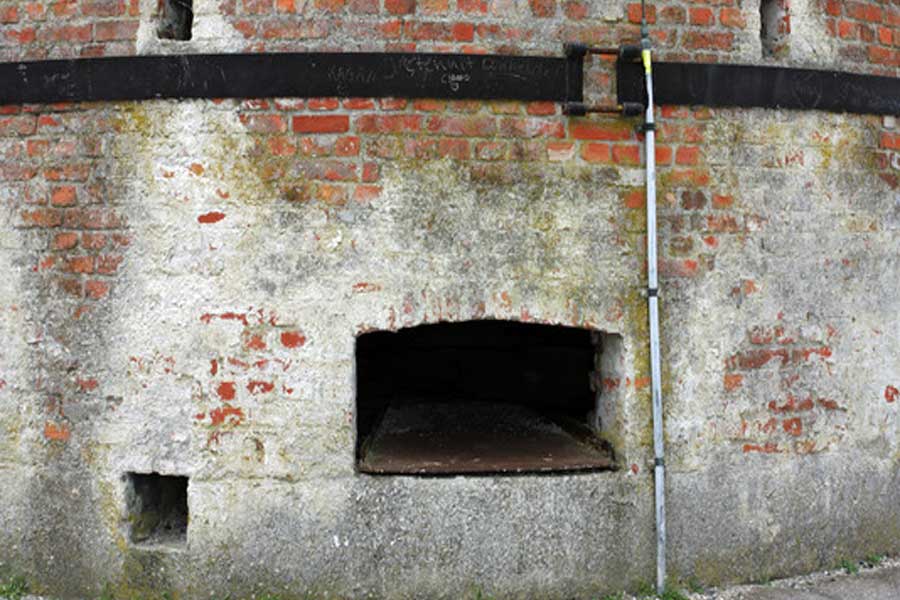Portland Cement Facts
Posted by A. Douglas / in Science Facts
.jpg)
Portland cement is very useful in building roads and bridges.
- The ingredients for Portland cement are limestone, seashells or chalk combined with shale, mud or clay.
- To make Portland cement 3 parts of crushed limestone or natural chalk are combined with 1 part crushed and pulverized shale, mud or clay. The ingredients are then heated in a rotary kiln to over 3270° F (1800° C). During heating and mixing CO₂ (carbon dioxide) and H₂O(water) are removed. Lime from the limestone or chalk fuses with aluminum silicate (from the clay), forming what is called clinker. The clinker is then ground into a fine powder. Gypsum is then added to retard setting of the cement.
- Portland cement contains mostly lime with about 20 percent silica and 5 percent alumina.
- Portland cement with a high silica content produces a slow-setting concrete.
- Portland cement with a high alumina content produces a fast-setting concrete.
- The main use for Portland cement is the bonding material in concrete. Concrete is used for roads, bridges, dams, buildings, retaining walls, statues, foundations and more. The exact Portland cement facts, in terms of use in the world is not known. It is estimated, however, that more than a billion tons of concrete is used each year. Concrete is considered the most widely used material in the world.

Old lime kiln.
THE HISTORY OF PORTLAND CEMENT

The Romans used cement to build the foundations for the Colosseum in Rome.
- The current name Portland Cement was labeled in the nineteenth century, but the history of cement is much older. The Romans are the oldest known civilization to use cement as a binding material to make buildings, roads and other structures. The Romans called cement pozzolana. Historians believe they made cement from a lime source which was mixed into a slurry and added to volcanic ash from nearby Mount Vesuvius. The Romans used cement as a binder to form concrete. We now know that the Romans built the foundations for the Roman Colosseum, Roman Roads, and the dome of the Pantheon from concrete. The knowledge of how the Romans made cement was lost for nearly 2000 years.
- Late in the 1700's a deposit of material that resembled the Roman cement was discovered in England. This material was quarried and sold to various buyers in the area. People knew that the cement material had great value for its many uses. In 1824 an Englishman named Joseph Aspdin experimented rigorously on making a strong cement material. Lime had been used in Europe for many years to make brick mortar. Joseph used lime as his starting point. After many experiments Joseph Aspdin finally made a breakthrough by developing his own cement. He called the cement Portland cement because of the color of his hardened cement was similar to rock quarried from the Isle of Portland off the coast of England.
